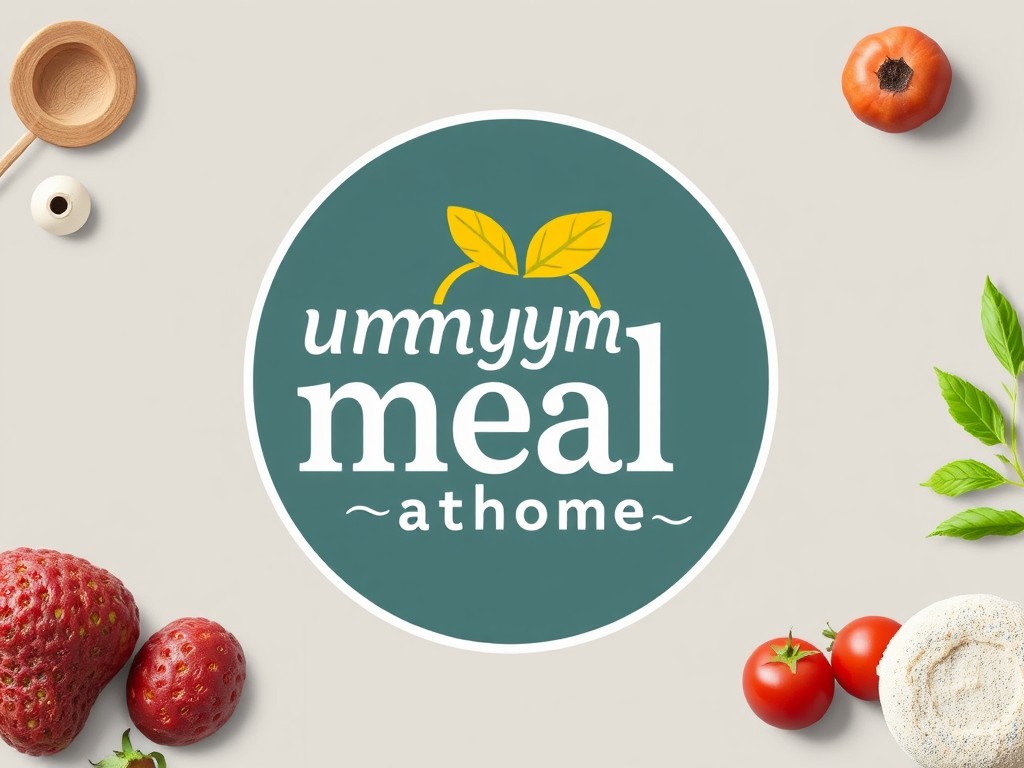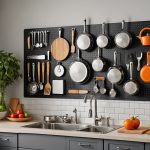Understanding Multi-Sensory Culinary Experiences
Engaging in multi-sensory culinary experiences enhances how we perceive food through various sensory dimensions. The incorporation of all senses in cooking not only makes the process more enjoyable but also accessible. This approach promotes culinary inclusivity for individuals, fostering an enriched understanding of flavours.
Sensory exploration plays a crucial role in cooking, stimulating the five senses: taste, touch, smell, sight, and sound. Each sense contributes uniquely to the tasting experience. Taste detects sweet, sour, bitter, salty, and umami, providing fundamental flavour profiles. Touch assesses texture, offering insight into food quality and preparation. The aroma is key in discerning nuanced flavours, whilst sight impacts how we perceive food’s desirability. Lastly, the sounds of cooking can hint at the right timing and technique.
Have you seen this : Revamping a timeless kitchen: effortlessly integrating smart home innovations
Multi-sensory experiences benefit visually impaired individuals significantly by offering an alternative way to engage with food. Without relying solely on vision, they rely on other sensory dimensions. This not only ensures a more inclusive environment but also empowers each individual’s culinary journey, making tasting adventures a fully inclusive sensory experience. By prioritising all sensory inputs, the culinary arts can be accessible and enriching for everyone.
Strategies for Engaging the Senses in Food Preparation
Food preparation is not just about getting a meal on the table — it’s an opportunity to engage all your senses and elevate the cooking experience. Let’s explore how.
Also read : Create a joyful and secure baking haven for kids in your kitchen!
Creating Tactile Experiences
Incorporating tactile experiences can transform cooking into an engaging activity. Start by using textured ingredients like coarse sea salt or bumpy broccoli to enhance touch. Additionally, for those who benefit from touch-based guidance, implementing braille labels for ingredient identification can provide an accessible and inclusive experience in the kitchen. Don’t forget to explore tools and utensils that facilitate touch, such as silicone spatulas with tactile grips or measuring cups with raised measurements.
Incorporating Aromatic Elements
Selecting ingredients with strong and distinct scents is key to enhancing the aromatic elements of your meals. Techniques like toasting spices or using a slow simmer can release delightful aromas that invigorate the senses. Additionally, don’t hesitate to utilize essential oils and herbs for sensory exploration, as they offer a world of aromatic possibilities that can elevate even the simplest dishes.
Accessibility Considerations in the Kitchen
Creating an accessible kitchen involves more than just space planning. It requires inclusive design and the use of adaptive utensils to accommodate a range of abilities. In culinary spaces, kitchen accessibility ensures that everyone, including those with physical limitations, can navigate and enjoy cooking. This is achieved through thoughtful layout and the incorporation of innovative tools.
For those who are visually impaired, adaptive tools are transforming the cooking experience. These include items like high-contrast measuring cups and tactile kitchen timers. Such innovations make everyday tasks safer and more manageable, providing autonomy to users. Additionally, other tools like adapted knives and chopping boards have proven to be invaluable.
Organising kitchen spaces effectively is also vital for ease of movement. Consider storing frequently used items within reach, ensuring there are clear pathways, and using open shelving for visibility. These strategies significantly enhance functionality and flow, making the kitchen a more comfortable and practical environment for all. A well-organised kitchen can reduce frustration, enhance safety, and foster a sense of independence, enabling users to fully participate in the culinary process. By focussing on accessibility, we can create kitchens that are both inviting and empowering.
Success Stories and Case Studies
Glean insights into successful initiatives in culinary arts that are breaking barriers and creating inclusive environments.
Real-world Examples of Inclusive Culinary Programs
Various organizations have developed sensory-rich programs that welcome individuals with differing abilities, making culinary arts more inclusive. Participants and chefs often share testimonials, highlighting how these initiatives foster both personal growth and community ties. Creating inclusive practices also strengthens community engagement by empowering individuals to showcase their talents in the kitchen.
Experiences from Visually Impaired Chefs
Visually impaired chefs provide invaluable insights into making kitchens more accessible. Their personal narratives offer tips and techniques for enhancing the cooking experience, emphasizing the importance of touch, sound, and smell. These skilled professionals remind us that culinary creativity transcends visual boundaries and highlight lessons learned through personal stories, ultimately enriching the field for everyone involved.
Resources for Further Exploration
Exploring culinary pursuits while visually impaired can be enriched by tapping into various culinary resources. Organizations like the National Federation of the Blind offer programs that support accessibility in cooking, alongside places like Cooking Without Looking, which hosts inclusive culinary shows and events. These organizations are pivotal in fostering a community for the visually impaired who are passionate about the culinary arts.
Books like “Cooking in the Dark” provide practical tips and recipes tailored for sensory cooking, helping to make culinary experiences both accessible and enjoyable. Additionally, numerous articles and websites cater to these needs, offering advice and platforms for exchanging ideas.
Workshops promoting inclusive culinary experiences provide hands-on learning, bridging the gap between interest and expertise. These programs often facilitate the building of skills in supportive, community-driven environments. They encourage participants to explore and adapt to the culinary world, fostering independence and creativity.
A robust support network is essential, not only to overcome obstacles but also to thrive within the culinary realm. Engaging with such resources can dramatically enhance gastronomic journeys, making them more satisfying and rewarding.



















